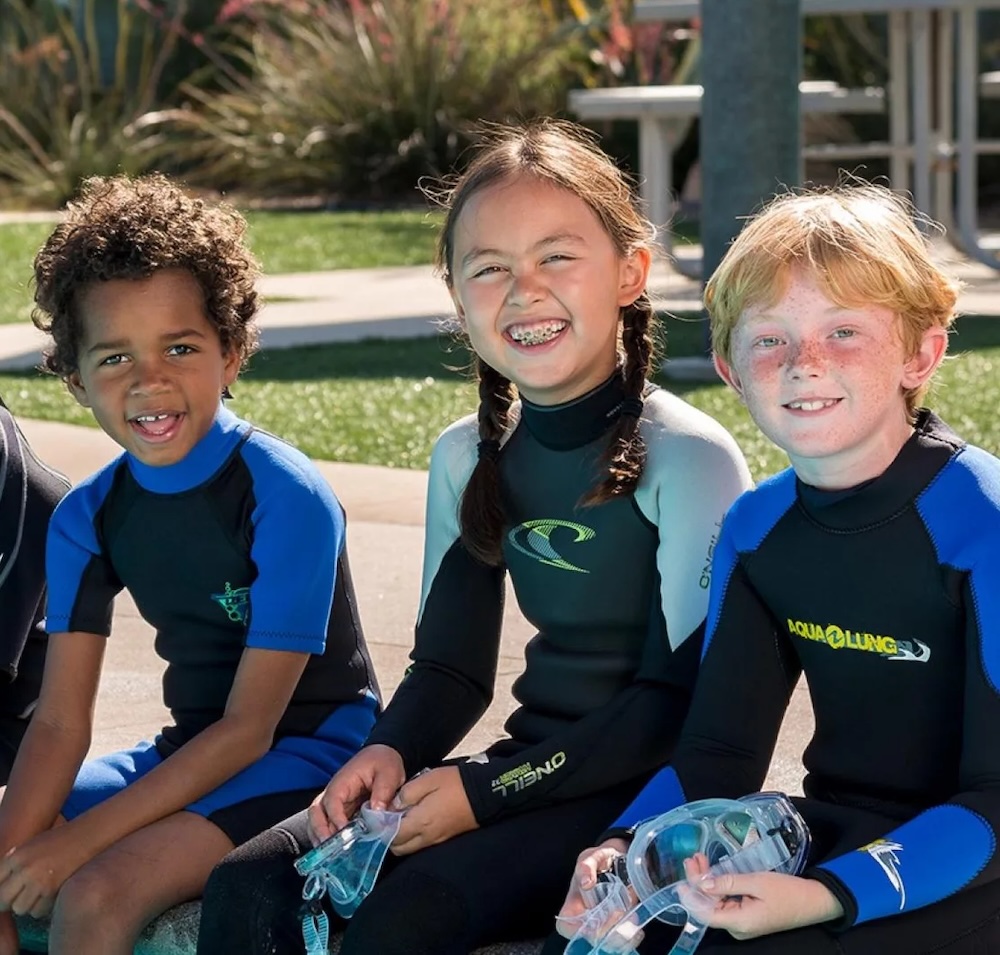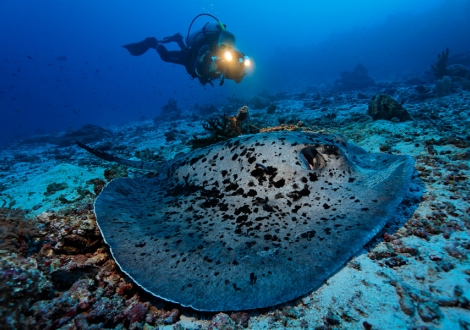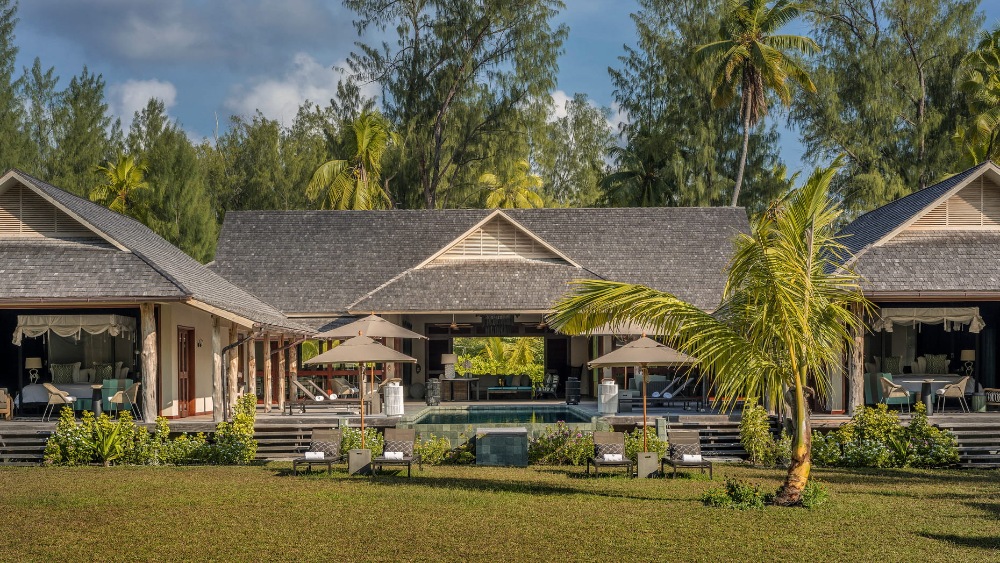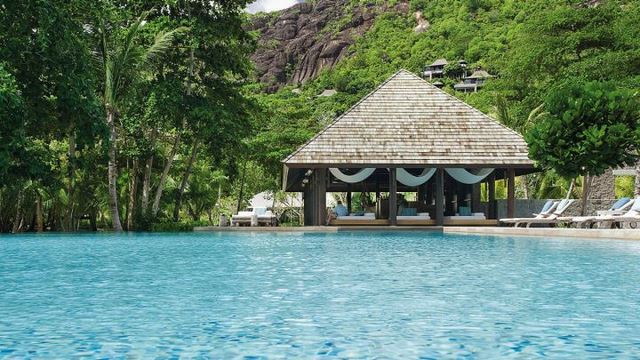The Seychelles are one of the most beautiful island archipelagos on earth. The pace of island life is slow and relaxing, the islands lush and exotic and surrounded by turquoise blue waters, white powder sand beaches and coconut palms.
The more northerly Inner Islands, including Mahe and Praslin, sit atop a 70m deep plateau. Teeming fish life set against a backdrop of impressively sculptured granite rocks festooned with spongers and soft corals. Mahe’s long range’ sites include Shark Bank, Brissare Rocks and the wreck of the British Navy tanker Ennerdale, now lying in three parts with her stern & wheel house home to shoals of golden snapper and batfish.
To the south east is a low lying chain of coral atolls, the Amirantes. Here you’ll find larger fish including sharks, barracuda, rays and groupers. There are caves, swim thoughts and shallow walls, such as The Drop at Desroches.
The Outer Atolls lie over 1,000 km from the capital Mahe. Aldabra, the jewel in the crown, is the world’s largest atoll with 13 islands populated by giant tortoise. Here drift diving in the channels you might expect to see Green Turtles, Tiger Sharks and Mantas.
The Republic of Seychelles comprises 115 islands fall under two distinct groups. The tall granite, Inner Islands cluster mainly within the relatively shallow Seychelles' plateau, 4° south of the equator and roughly 1800 km. distant from the east coast of Africa while the low-lying coralline cays, atolls and reef islands of the Outer Islands lie mainly beyond the plateau up to 10° south of the equator.
These Outer Islands are divided into five groups: the Amirantes group lying 230km distant from Mahé, the Southern Coral Group, Alphonse Group, Farquhar Group and finally the Aldabra Group, some 1150km from Mahé. There are 43 Inner Islands in all -- 41 granitic and 2 coralline and a total of 72 coralline Outer Islands.
Diving is possible all year round but is governed by the prevailing winds. Generally speaking, the best conditions for both the Inner and Outer Islands are in the calm periods, April-May and October-November, when the water temperature can rise to 29ºC and offers excellent (up to 30 metres) visibility. In December and January, the north-west winds blow but conditions remain much the same as in the calm periods, with the exception of greater surface movement and some localised turbidity. From May to September the winds are stronger and blow south-easterly. Visibility and temperature may thus drop during August with water temperatures of around 25°C. A wet suit of at least 4mm is necessary.
Unlike the Inner Islands, some of the more southerly Outer Islands are close to the cyclone belt, and during these months they can experience extremely rough conditions on occasion.
A 4mm shorty wetsuit is the minimum protection recommended for the Outer Islands. Islands with big drop-offs and walls often have marked thermo-clines with temperatures ranging from 19 to 27ºC and a full suit is an advantage for most divers.




 Nassau
Nassau


















.png)
.png)









